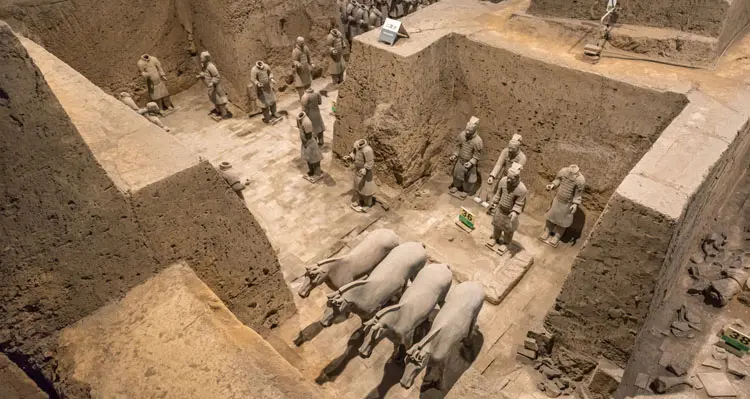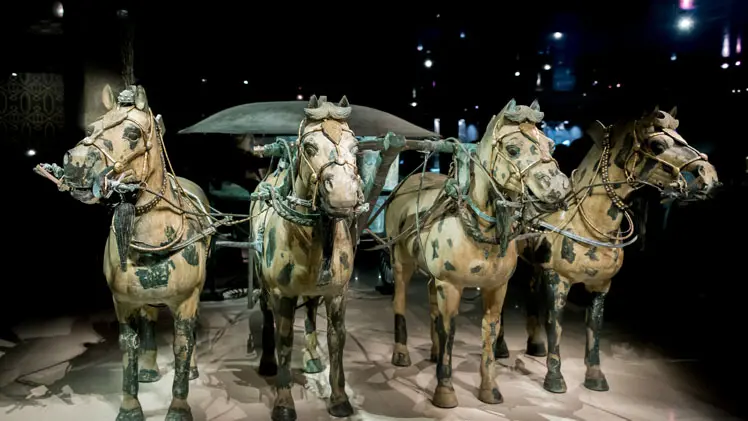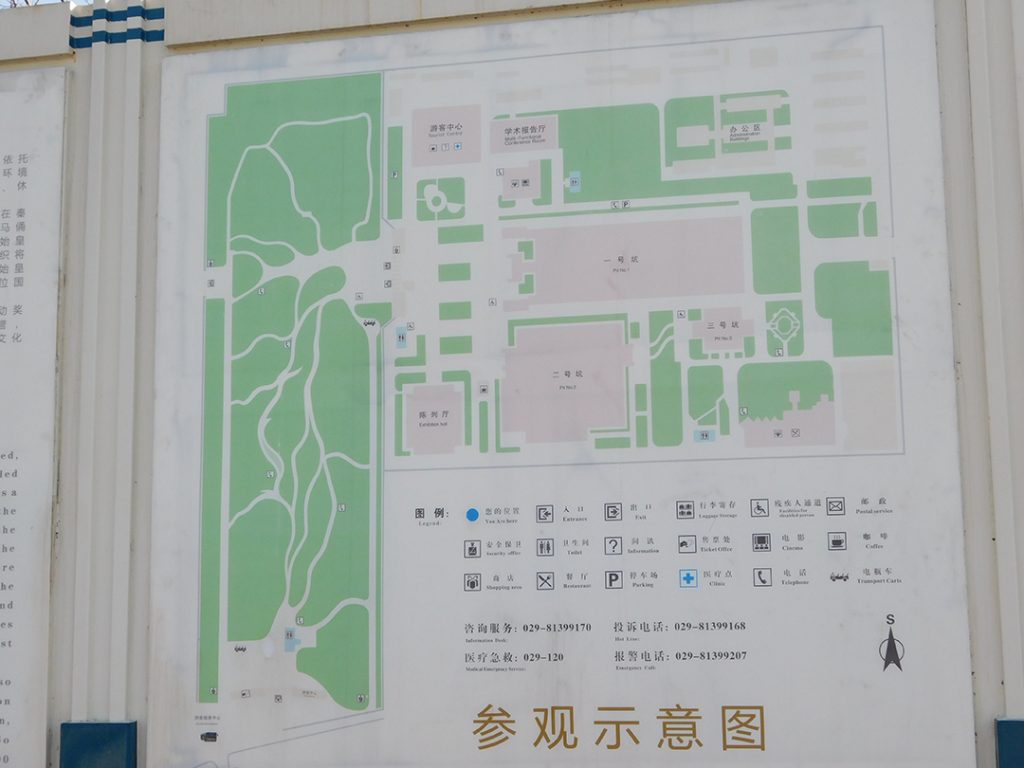Why Travel with Discover Beijing Tours

Unique Experiences
Enjoy a premium trip that goes beyond the typical tourist attractions.

Well-Selected Local Guides
Knowledgeable, enthusiastic, and attentive — your personal local guides will share interesting stories, insider information, and even create unexpected highlights!

Your Booking is Risk-Free
Cancel up to 24 hours before the travel date in advance for a full refund
Popular Beijing Tours
Terra-cotta Army
| Ticket Price |
CNY 120; free for children under 1.2 meters (3.9 feet) by a paying adult. |
|---|---|
| Audio Guide | Rent: CNY 40 per person; Deposit: CNY 100 |
| Opening Hours | March 16 to November 15: 8:30 – 18:30, ticketing stops at 17:00; November 16 to March 15: 8:30 – 18:00, ticketing stops at 16:30. |
| Time for a Visit | 3 hours |
The Terracotta Army, a remarkable archaeological discovery, comprises thousands of life-sized clay soldiers, horses, and chariots buried near the grand mausoleum of Emperor Shi Huangdi, the first emperor of China and the founder of the Qin dynasty. Situated near Lishan in Shaanxi Province, central China, these sculptures were intended to serve as guardian figures or to accompany the emperor in the afterlife. Their purpose and intricate details provide invaluable insights into ancient Chinese warfare, including weaponry, armor, chariot design, and military organization.
Discovered in 1974 CE, the Terracotta Army has since become an iconic symbol of China’s rich history and cultural heritage. The sheer scale and realism of the army figures offer a fascinating glimpse into the military prowess and command structures of ancient China. Emperor Shi Huangdi’s quest for immortality led to the creation of this vast funerary complex, consisting of over 7,000 warriors, 600 horses, and 100 chariots.
Although Emperor Shi Huangdi’s inner tomb remains unexcavated, the site of the mausoleum has been recognized as a UNESCO World Heritage Site, highlighting its significance in preserving and understanding ancient Chinese civilization. The Terracotta Army continues to captivate visitors from around the world, serving as a testament to the ingenuity and craftsmanship of ancient Chinese artisans.
Pit 1 – 2,000 Warriors Displayed
Pit 1 – the largest and most impressive one
Contain over 6,000 terracotta figures of soldiers and horses, about 2,000 are on display.
This vault opened to visitors in 1979.
Pit 2 – Uncovers the Mystery of the Ancient Army Array

Excavation and restoration is still ongoing at vaults two and three.
Excavated in 1976, pit 2 uncovers the mystery of the ancient army array.
Pit 3 – Represents the Command Post
Vault Three is the smallest one. There are only 68 terracotta figures, many of which are without heads. It’s obvious that Vault Three represents the command post, as all the figures are officials.
The Exhibition of Bronze Chariots

The two bronze carriages displayed in the hall were discovered 20 meters from the west side of the Tomb of Qin Shihuang in December 1980, and were elaborately restored before exhibition.
They were mainly made of bronze, with 1,720 pieces of golden and silver ornaments, each carriage weighting 7 kilograms.




